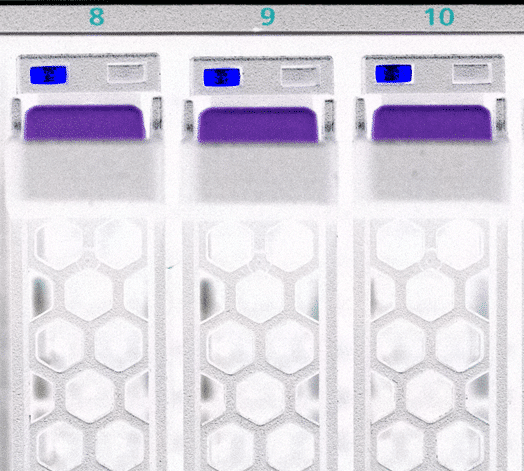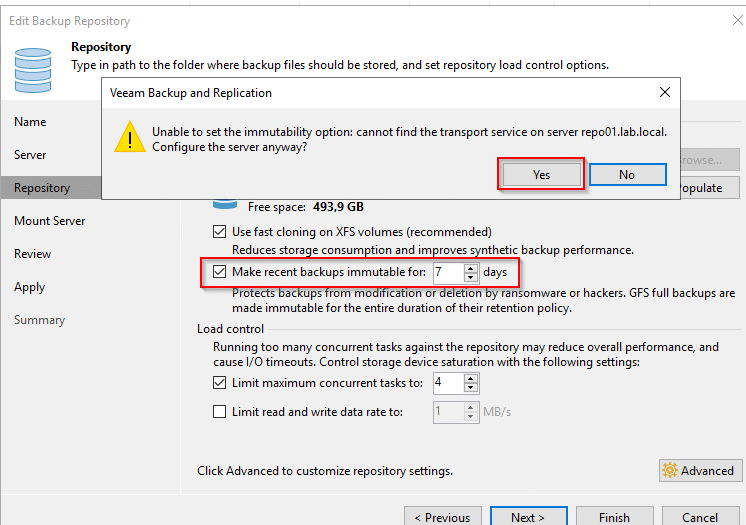Lab environments are a great thing. We can test new products on a small scale platform and demonstrate them as a proof of concept (PoC).
Like many of my fellow bloggers I write down my lab experience in little blog posts that I share with the community. I regularly read blogs and tutorials to keep myself informed about new products and techniques. There is hardly a topic in the field of virtualization that someone hasn’t written something about at some point. This is invaluable, as it gives you a quick introduction to what is usually a complex subject.
When reading my (and other) blog posts, you may get the impression that the described setup procedure follows the simple skip-skip-finish principle. In other words, accept the default values, click three times and the installation is complete. This might be true in the lab, but a real life deployment is miles away from a lab setup.

In the lab many things are simplified to the max according to the KISS principle (keep it simple and stupid). Some of the methods used are not necessarily in compliance with the manufacturer’s recommendations, or are outright forbidden in productive environments.
This means : Having read a tutorial by my favorite blogger [insert name here] does not enable me to transfer what I have learned 1:1 to a real project.
I have had several discussions about this in preliminary project meetings. People have asked why the planning phase takes so much time. They said that (they thought) the product was totally easy to install, as you can read on [insert name here]’s blog.
As a blogger and lab user, I know how to view these posts. They are to be understood as a quick introduction and an easy to understand overview of a new technology. This has very little to do with real world deployments. In this posting, I would like to point this out with the help of a few examples:
Continue reading “Don’t confuse a blog post with a deployment guide”




